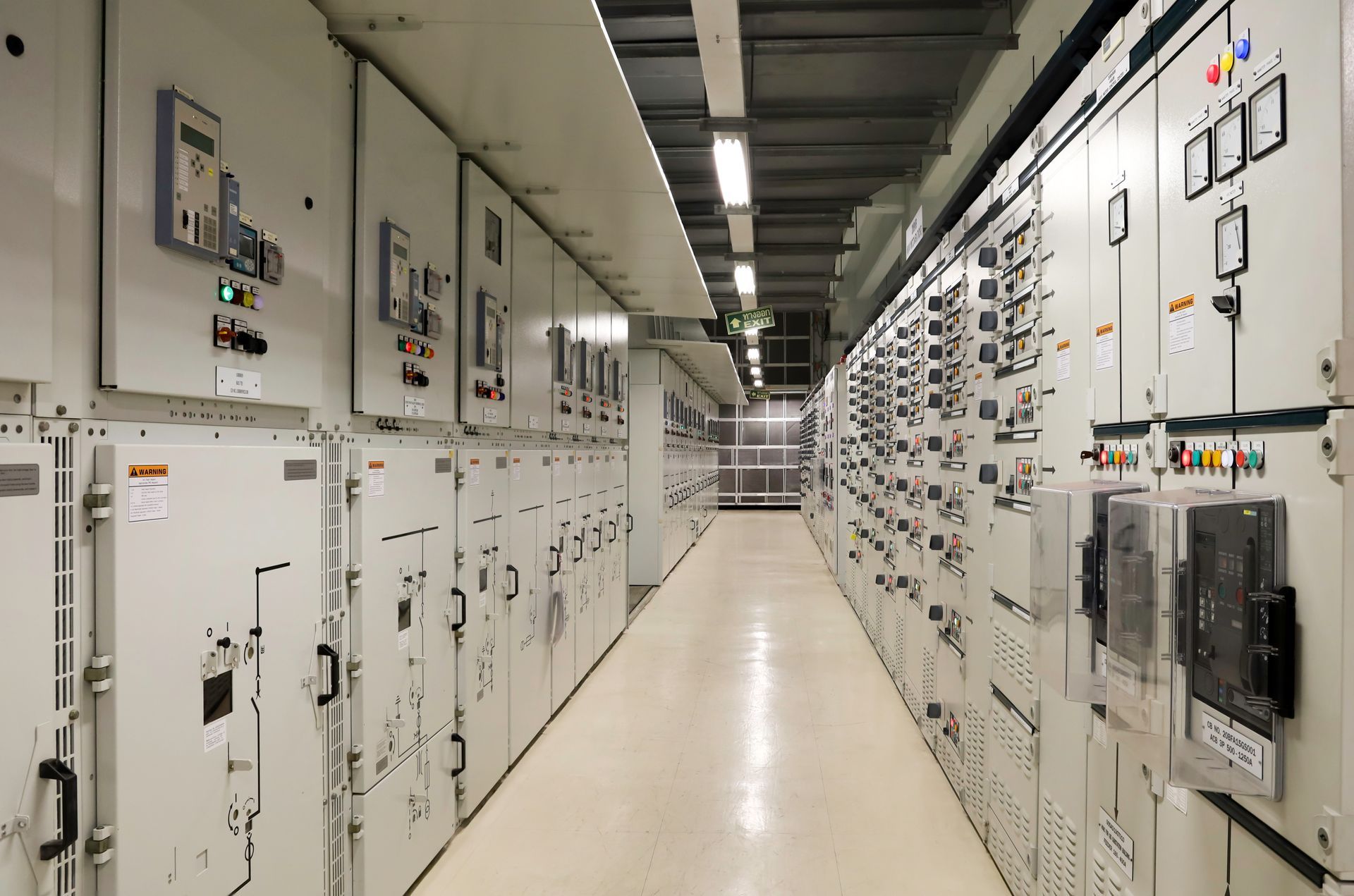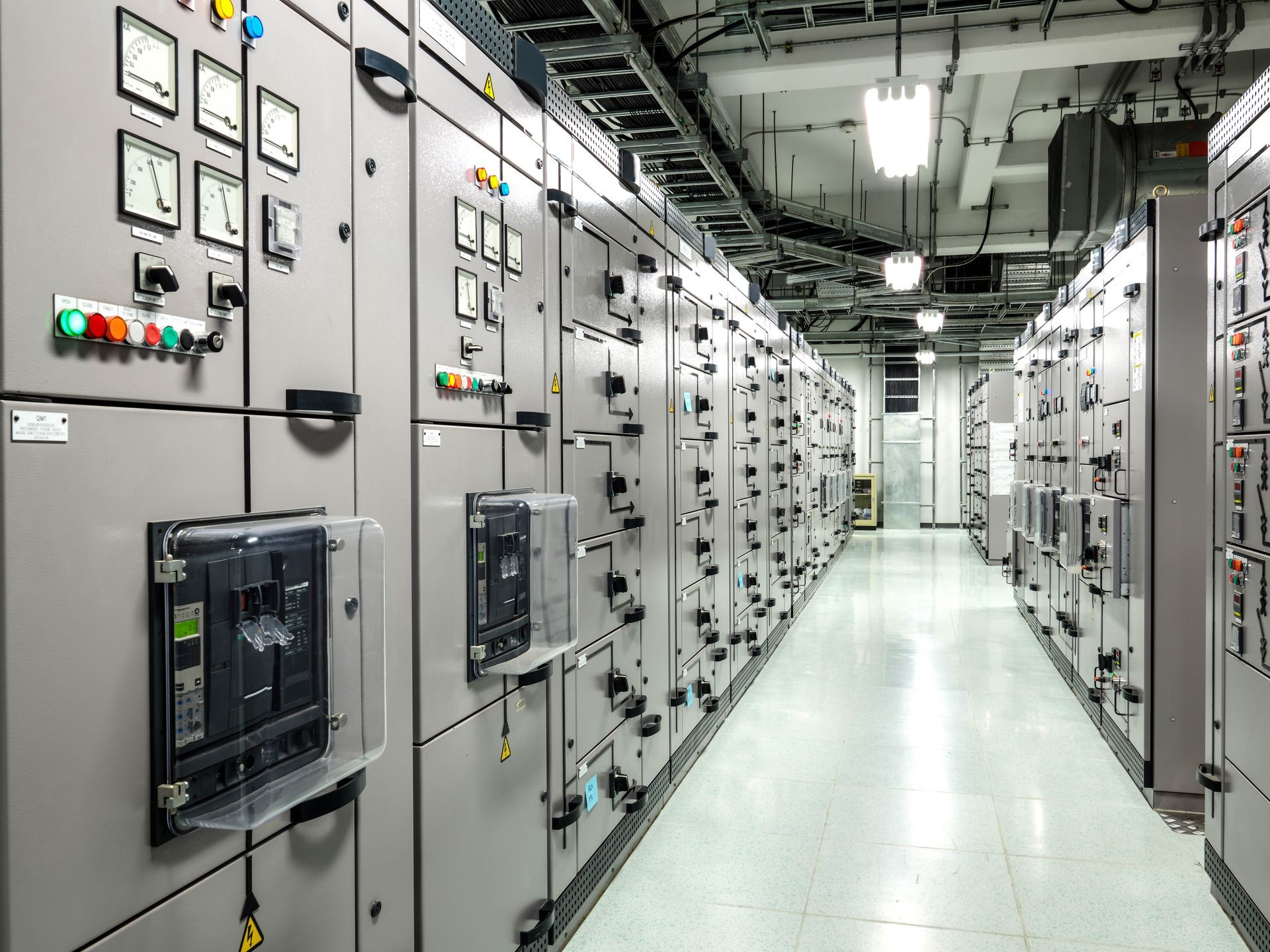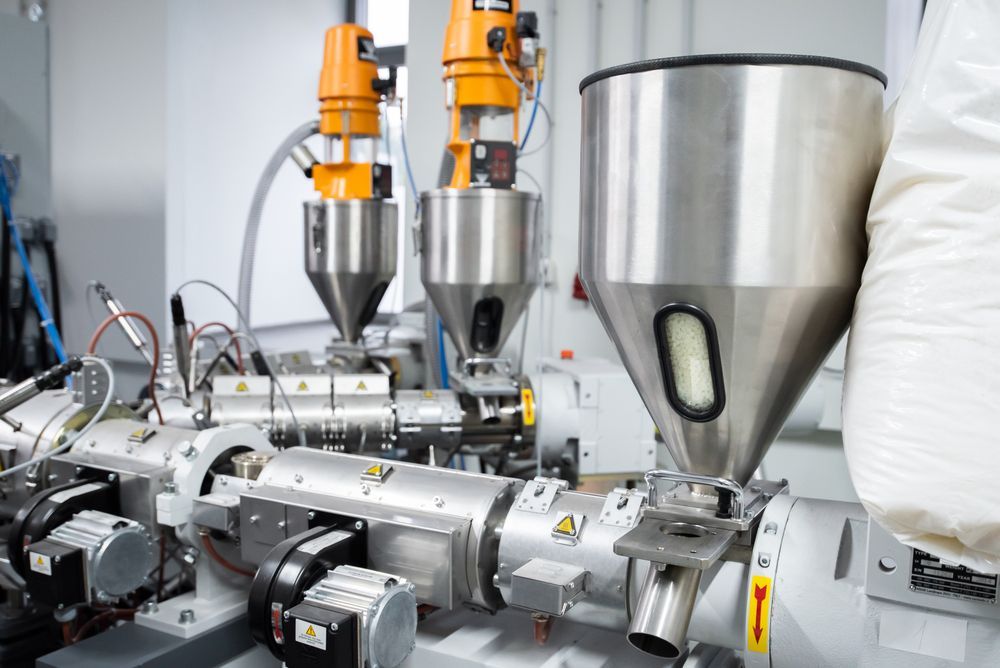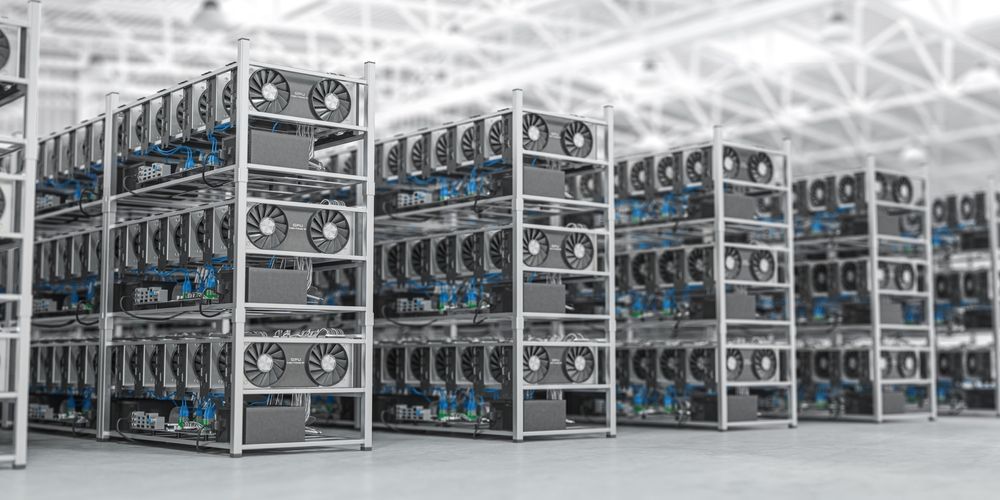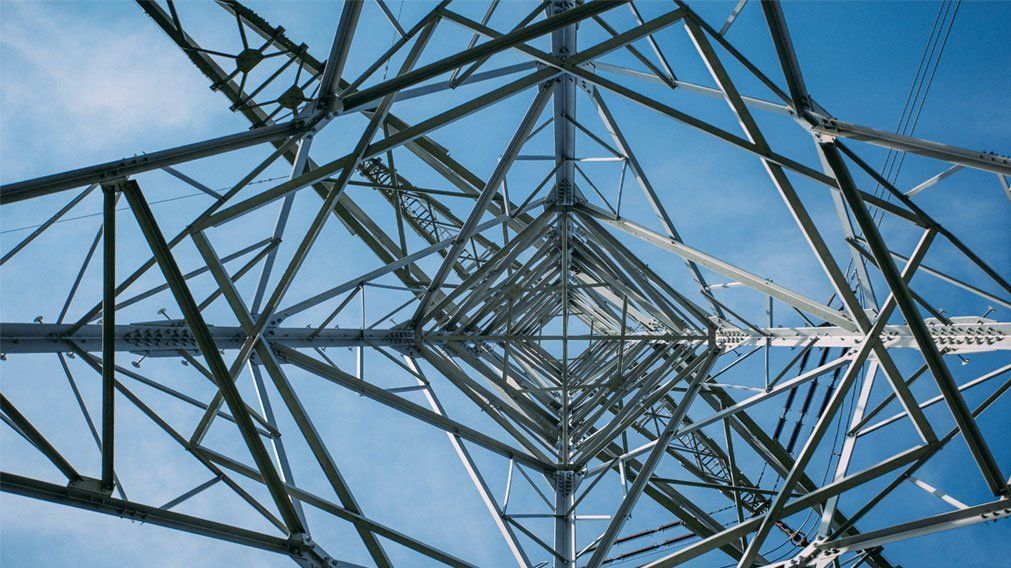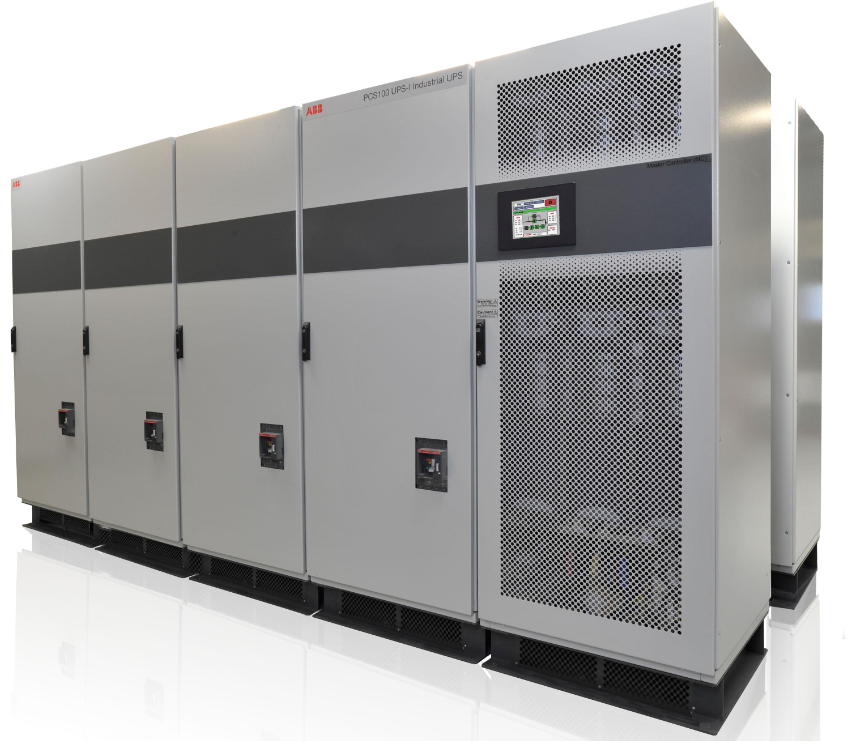The Difference Between a Power Surge vs. Power Outage
Share this article:
Industrial facilities face significant risks from power surges, sags, and outages, which can disrupt operations and damage equipment. Understanding the differences between these events and how to protect your facility is essential.
There is a difference between a power outage and a power sag. Although the flicker of lights or temporary power interruption may seem like an outage. Many times a sag can dip to a level that appears to be an outage. This is a major difference in how to correct these problems.
90% of industry power problems are due to sags, either internally derived or externally created. You do not need a transformer to blow up to create a sag. Taxing loads on the utility grids, particularly in the summer, can create rolling sags or brownouts. These sags on the voltage will dip so far that lights will flicker or flash out. These dips in voltage have a direct offsetting effect on amperage, causing a spike of amperage throughout your facility. For these reasons, all industries should install some form of
voltage regulation or protection.
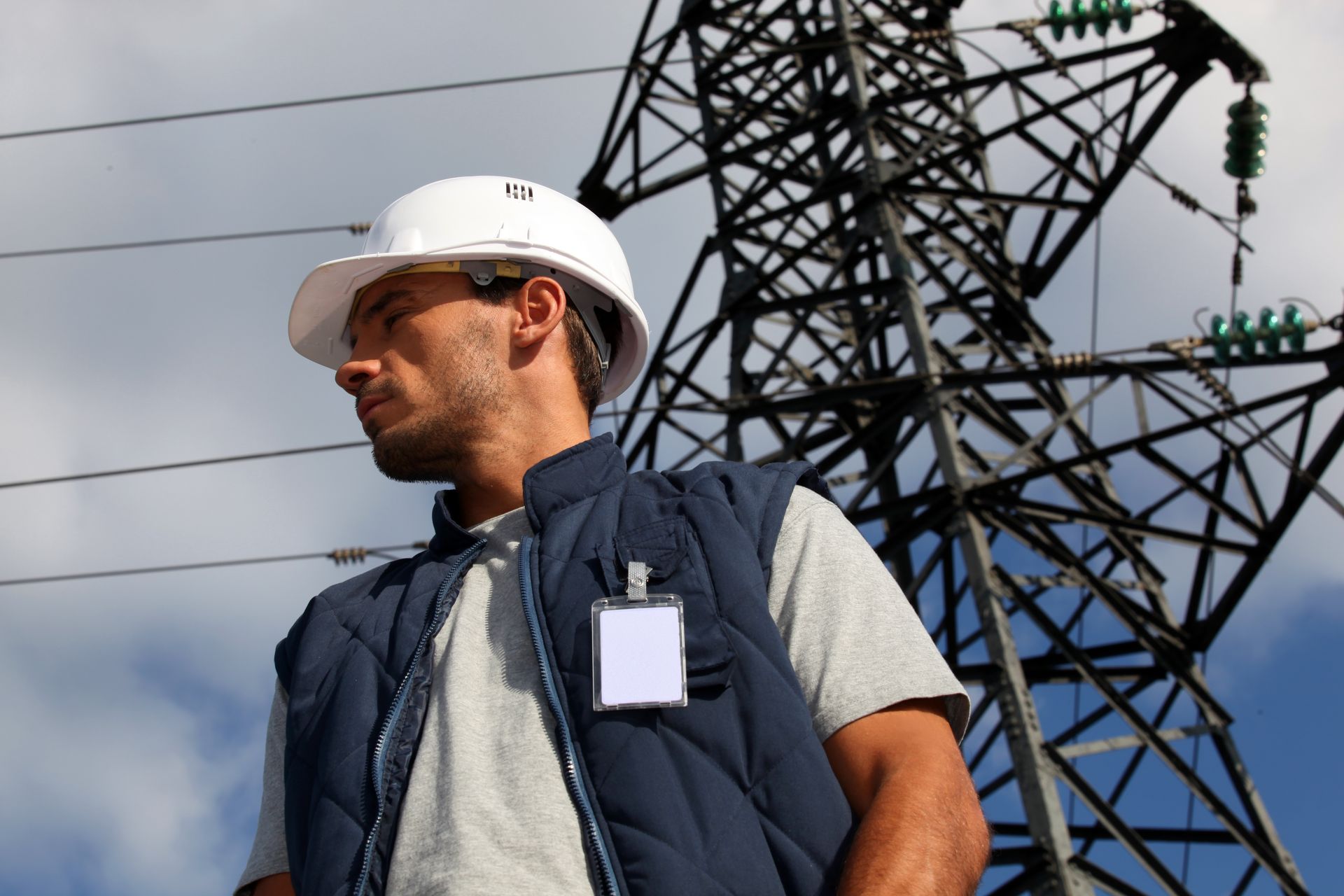
Power is not perfect and rarely holds at nominal voltage. Therefore, there is a constant change in voltage, which means a constant change in amperage. This constant change is always working at the power supplies of all equipment. With much process control equipment (PLCs) now integrated into the assembly and production process, it is imperative to extend the life of this expensive equipment through simple voltage regulation or correction.
What is a Power Surge?
Power and voltage surges only last for a millisecond, but they are very damaging to electronic equipment. These affect the electronic circuit by raising the voltage a few hundred or even a few thousand volts. Understanding the causes of power surges and how to reduce the risk helps save businesses from downtime and unexpected costs.
Common Causes of Power Surges
The following are two common causes of power surges within an industrial facility:
Internal Surges
Internal surges occur from the day-to-day operation of many devices within the facility. Those devices include:
- Variable speed drives
- Generators
- Air conditioners
- Electric motors
- Elevators
- Other electrical equipment.
- Power surges also result from internal circuit breakers and fuses from within the equipment or at the electrical panel
External Surges
Weather events cause external power surges, such as lightning. That is by no means the only reason why they take place. Other possibilities include:
- Electrostatic discharge
- Switching on or off capacitor banks
- Power line disconnection and reconnection
- Utility load switching
- Turning transformers on and off
- Poor quality within the distribution grid
The Difference Between a Power Surge vs Power Outage
A power surge and a power outage have very different effects on your facility, though both can cause major disruptions. A power outage is a complete loss of electrical power. When an outage occurs, the entire system shuts down. Outages are generally caused by external factors, such as severe weather, equipment failures in the grid, or utility grid issues. Outages can last for seconds, minutes, or even hours, depending on the cause.
In contrast, a power surge is a sudden and brief spike in electrical voltage. This surge lasts only milliseconds but can have devastating effects on sensitive electronics and equipment. Surges can originate from internal sources, like machinery within your facility, or external sources like lightning or grid fluctuations. While outages are often noticeable and disruptive, surges may go unnoticed but gradually degrade your equipment over time.
Understanding the difference between surges and outages is crucial for industrial facilities. While both can lead to downtime, surges have the additional risk of causing permanent damage to critical systems like PLCs, drives, and motors. This makes surge protection and voltage regulation essential in industrial environments.
Direct Benefits to Active Voltage Correction for Short and Long-Term Sags
Implementing active voltage correction in your facility can provide the following benefits:
- Reduce DOWNTIME
- Reduce/ Eliminate voltage/amperage fluctuation events wearing all computer components
- Reduce/ Eliminate voltage/amperage fluctuation events wearing all drives, PLC’s, and control equipment.
- Lower Maintenance and replacement parts cost
- Constant Voltage Environment for all facility equipment
- Ability to monitor and understand load dynamics and incoming power
A Power Surge is Caused by Both Internal and External Factors
A power surge is caused by an event or issue within the facility or from outside the facility. A higher percentage of power surges tend to occur as a result of problems within the facility, including within the electronic equipment itself. Both external and internal events leading to power surges cause significant problems.
A power surge occurs when there is a sudden change in the electrical conditions within the circuit. This change leads to larger amounts of energy released to the electrical system.
The Need for Industrial Surge Protection
Today’s industrial and professional equipment is dependent upon microprocessors and other sensitive electronic equipment, increasing the world’s need for greater protection from Power Sags and Surges.
Microprocessors, programmable logic controls (PLCs) and other electronic circuitry that is used to automate industrial machine programming, tool changes, motor speed and other processes within sophisticated manufacturing systems is especially vulnerable. At industrial sites, power surges wreak havoc on equipment, causing catastrophic failures, interrupting processes and causing equipment to prematurely age, leading to failure.
In addition to externally generated surge events, such as lightning and grid switching, industrial equipment is also susceptible to damage by internally generated surges. The offending surges can be utility-generated overvoltage events, or power fluctuations created by machinery operating in adjacent areas of the plant. All will have the same adverse effect on both the machinery and shop productivity. Internally-generated surges reinforce the necessity for facility-wide surge protection applied at all stages of the electrical distribution system, from the electrical service entrance down to the single-phase loads.
What This Means for Industrial Facilities
For industrial-sized facilities, power surges, sags, and outages can result in significant operational disruptions. The downtime caused by these events can halt production, leading to missed deadlines and increased costs. Equipment failure due to surges and sags can also cause long-term damage to essential machinery, such as PLCs, drives, motors, and other critical systems, ultimately reducing their lifespan.
While power outages are often resolved by backup generators or UPS systems, power surges and sags require more proactive solutions. Voltage fluctuations caused by sags and surges can degrade your equipment over time, even if the effect isn’t immediately apparent.
Solutions for Industrial Facilities: On-Site Power Assessment
To safeguard your facility from costly downtime and equipment failure caused by power surges, sags, and outages, the first step is conducting an on-site power assessment. This assessment will help identify vulnerabilities and allow you to implement proactive solutions such as voltage correction and surge protection.
When you install equipment that corrects power and stabilizes voltage within your facility, you protect your equipment from outside influences of power, reduce wear and tear, and lower operational costs over time. Installing a monitoring device at the service entrance of your facility's utility power is a low-cost, effective way to diagnose these issues and take corrective action.
We are available to review electrical one-lines, Power Reports, Demand Usage, and any other data related to your facility’s power.
Call your Voltage Correction Technical Representative today to discuss options to increase efficiency in your facility and correct your facility power issues!
Connect with Us:
